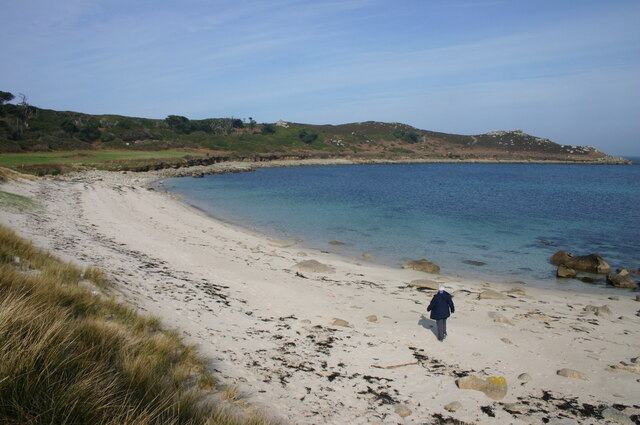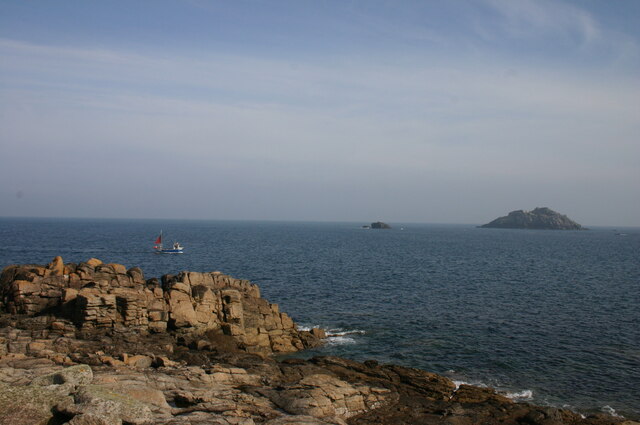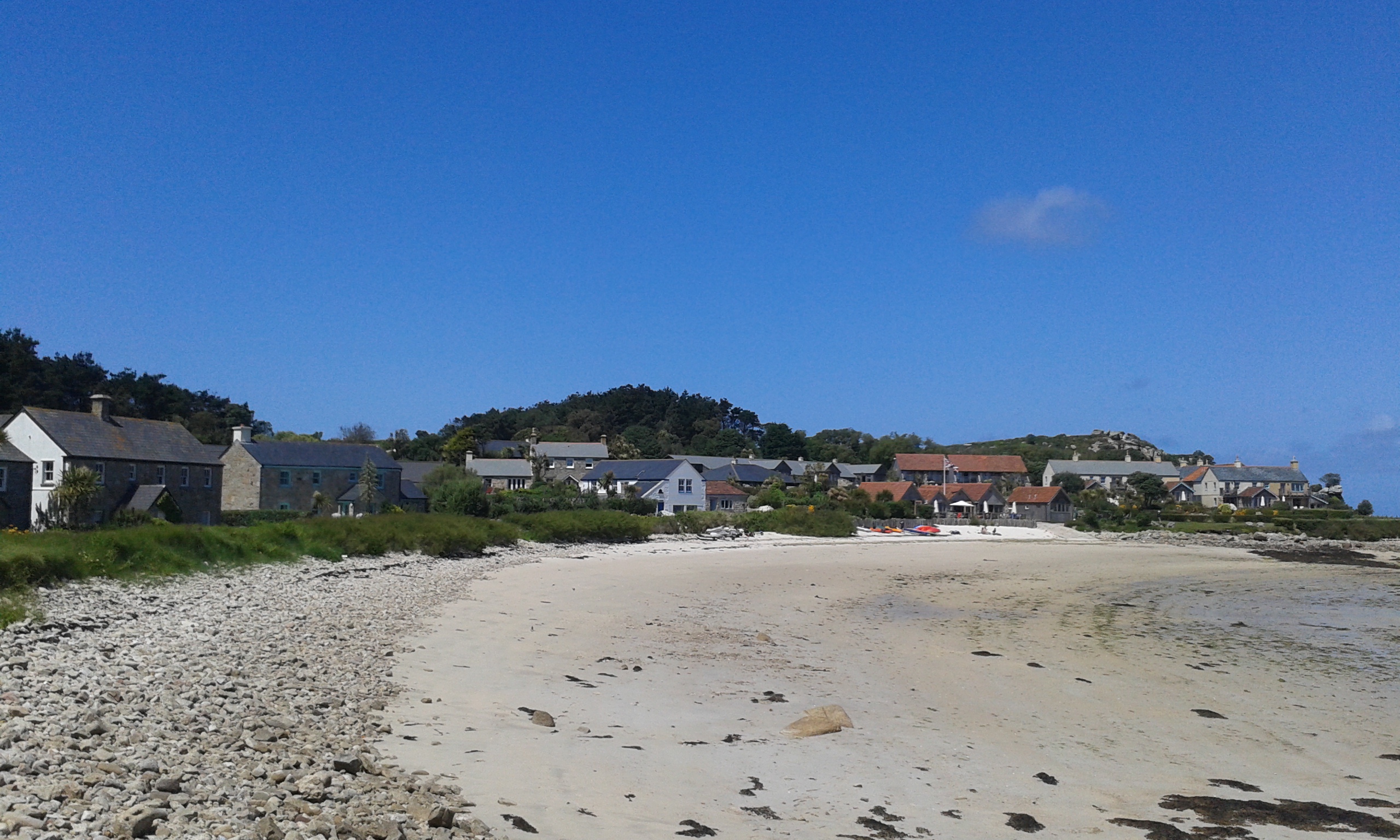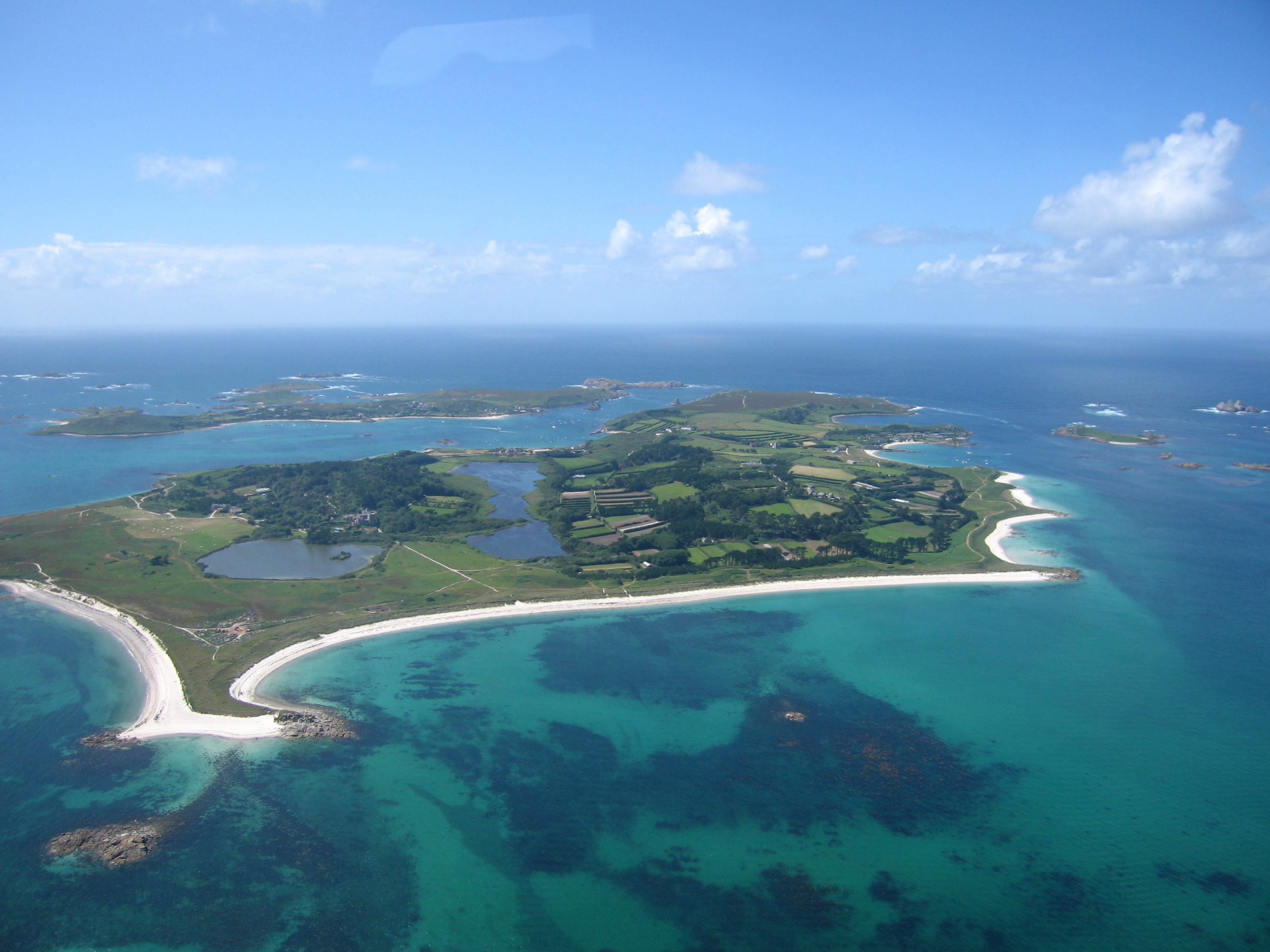Little Cheese Rock
Island in Cornwall
England
Little Cheese Rock

Little Cheese Rock is a small island located off the coast of Cornwall, England. This picturesque island is situated in the Atlantic Ocean, just a few miles southwest of the popular tourist destination, Land's End. The island gets its peculiar name from its unique rock formation, which resembles a small wheel of cheese.
Measuring approximately 100 meters in diameter, Little Cheese Rock is made up of granite and is a prominent landmark in the area. The island is accessible by boat during low tide when a sandbar emerges, connecting it to the mainland. However, during high tide, the island becomes completely isolated, adding to its allure and mystery.
Despite its small size, Little Cheese Rock is known for its rich biodiversity. The surrounding waters are teeming with marine life, making it a popular spot for snorkeling and diving enthusiasts. The island itself is home to a variety of seabirds, including puffins, gulls, and cormorants, which nest on its rocky cliffs.
Due to its remote location, Little Cheese Rock remains largely untouched by human activity. There are no permanent structures on the island, making it a peaceful retreat for nature lovers and adventurers. Visitors can enjoy the stunning views of the rugged coastline, take leisurely walks along the sandy beach, or simply relax and soak in the tranquility of the surroundings.
Little Cheese Rock is a hidden gem in Cornwall, offering a unique and unspoiled experience for those seeking a connection with nature and a break from the bustling city life.
If you have any feedback on the listing, please let us know in the comments section below.
Little Cheese Rock Images
Images are sourced within 2km of 49.959944/-6.3191435 or Grid Reference SV9015. Thanks to Geograph Open Source API. All images are credited.













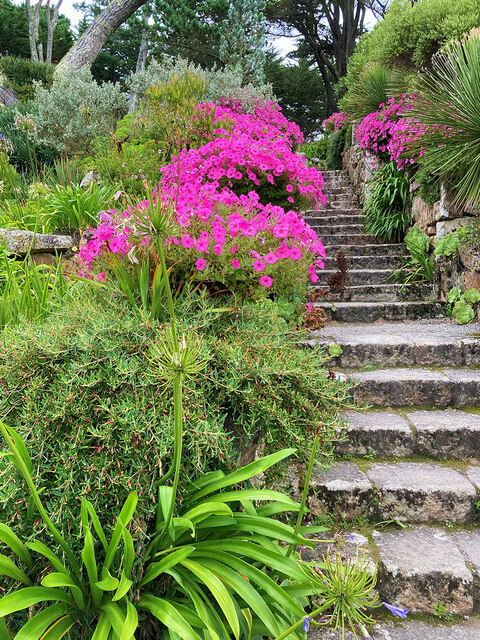
Little Cheese Rock is located at Grid Ref: SV9015 (Lat: 49.959944, Lng: -6.3191435)
Division: Isles of Scilly
Unitary Authority: Isles of Scilly
Police Authority: Devon and Cornwall
What 3 Words
///volunteered.users.holdings. Near Tresco, Isles of Scilly
Nearby Locations
Related Wikis
Old Blockhouse
The Old Blockhouse, also known as the Dover Fort, is a 16th-century fortification on the island of Tresco in the Isles of Scilly. It was built between...
Teän
Teän ( TEE-ən, sometimes written Tean without the diaeresis; Cornish: Enys Tian) is an uninhabited island to the north of the Isles of Scilly archipelago...
Old Grimsby
Old Grimsby (Cornish: Enysgrymm Goth) is a coastal settlement on the island of Tresco in the Isles of Scilly, England. It is located on the east side of...
Tresco, Isles of Scilly
Tresco (Cornish: Enys Skaw, lit. 'island of elder-trees') is the second-biggest island of the Isles of Scilly. It is 297 ha (1.15 sq mi) in area, measuring...
Nearby Amenities
Located within 500m of 49.959944,-6.3191435Have you been to Little Cheese Rock?
Leave your review of Little Cheese Rock below (or comments, questions and feedback).
